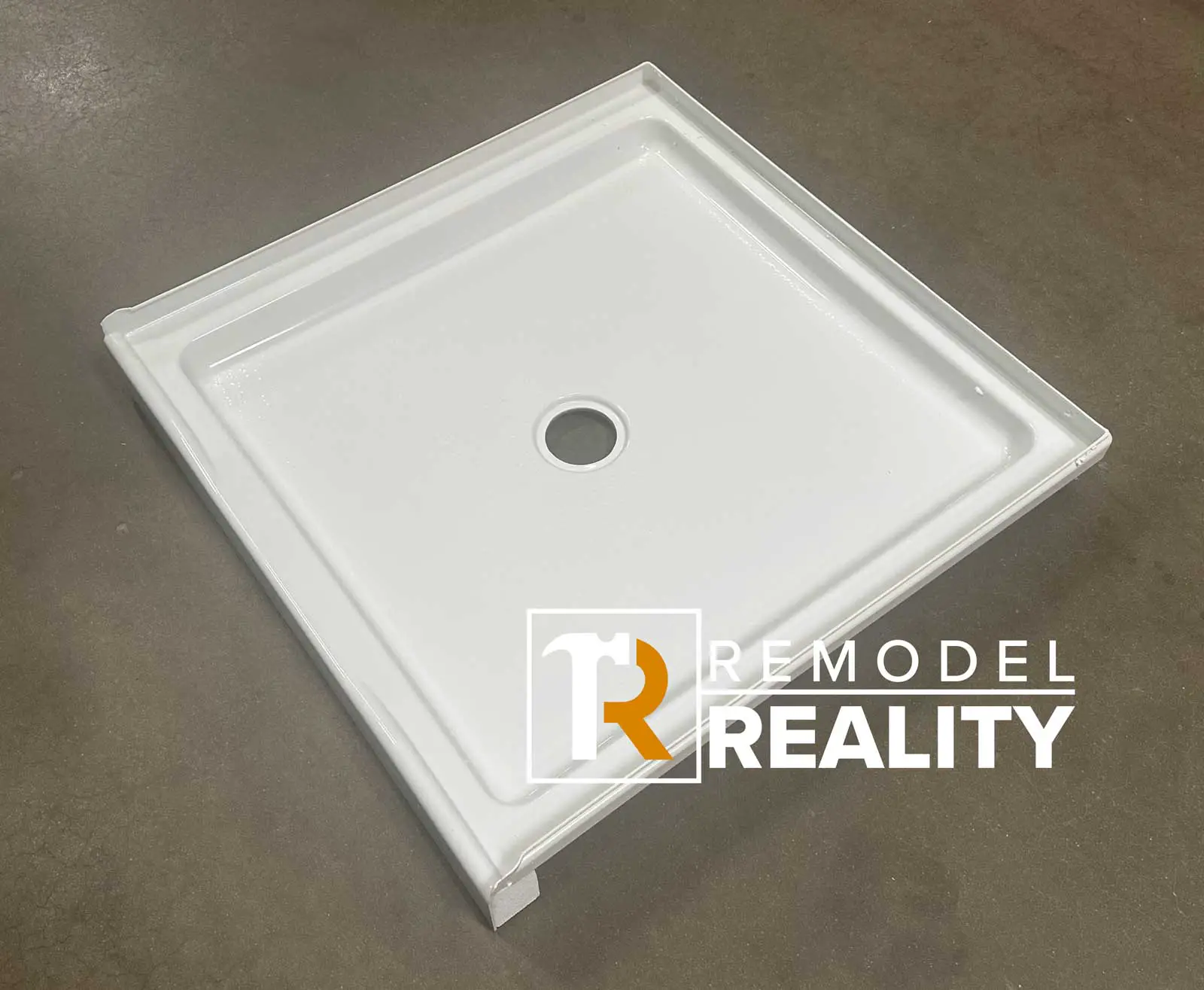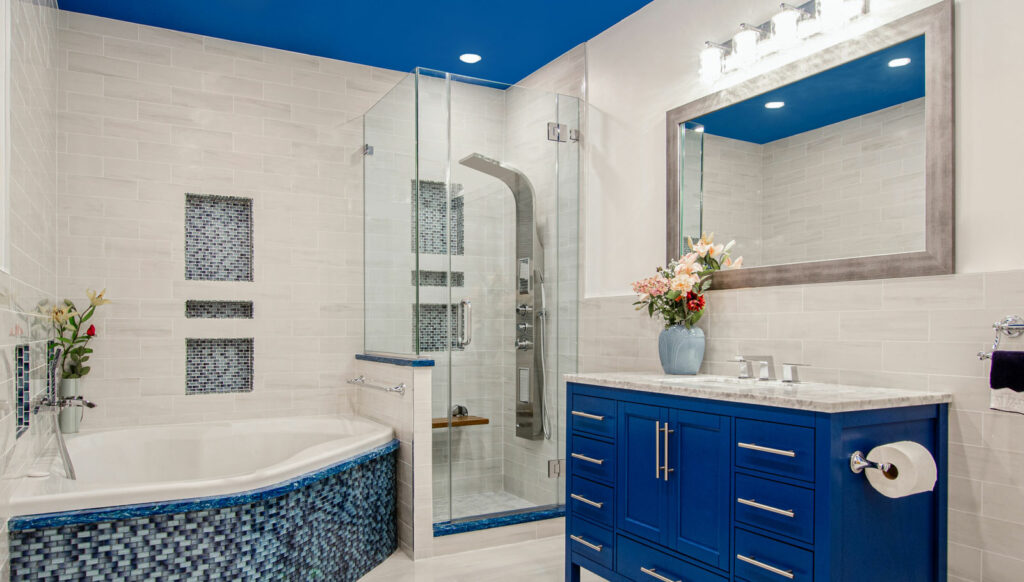Are you planning on installing a new shower in your bathroom? If so, it’s important to understand the industry standards for shower installations. By following these standards, you can ensure that your shower is safe, functional, and up to code.
One of the most important aspects of shower installation is understanding the building codes and regulations in your area. Building codes dictate the minimum requirements for how showers should be designed and constructed. In the United States, building codes are typically established by state and local governments.
Understanding Industry Standards for Shower Installations
Are you planning to install a new shower in your bathroom? Understanding industry standards for shower installations is important to ensure that your shower is safe, durable, and meets all regulations. In this section, we will cover the role of ready-made shower pans, the place of natural stone in standards, and the important purpose of standards.
Role of Ready-Made Shower Pans
Ready-made shower pans are an essential component of shower installations. They are designed to provide a waterproof base that prevents water from leaking into the subfloor. ANSI standards require shower pans to be made of durable materials that can withstand the weight of the tile and the user. Installation standards require that the shower pan be installed on a level surface and that the edges be sealed to prevent water from seeping through.
In my experience, tile installers prefer to use ready-made shower pans because they are easy to install and require less time than building a custom pan. Ready-made shower pans are available in a variety of sizes and shapes, making it easy to find one that fits your shower design.
The Place of Natural Stone in Standards
Natural stone, such as marble and granite, is a popular choice for shower walls and floors. However, it is a porous material that can absorb water and become damaged over time. ANSI standards require that natural stone be sealed to prevent water from penetrating the surface. Local codes may also require that natural stone be installed on top of exterior glue plywood to provide a stable base.
When using natural stone in shower installations, it is important to follow regulations and references to ensure that it is installed correctly. In my experience, natural stone can add a luxurious touch to your shower design, but it requires proper maintenance to keep it looking its best.
Grasping the Important Purpose of Standards
Industry standards for shower installations serve an important purpose. They ensure that showers are safe, durable, and meet all regulations. By following industry standards, you can avoid costly mistakes and ensure that your shower is installed correctly.
Installation standards cover a wide range of topics, including waterproofing, substrate preparation, and tile installation. Local codes may also have specific requirements that must be followed. It is important to work with a qualified installer who is familiar with industry standards and local codes.
In conclusion, understanding industry standards for shower installations is essential to ensure that your shower is safe, durable, and meets all regulations. Ready-made shower pans, natural stone, and following regulations and references are all important components of a successful shower installation.

Best Practices for Optimal Shower Installation
Are you planning to install a new shower or upgrade your existing one? Proper installation is crucial to ensure a long-lasting and functional shower that meets industry standards. In this section, we will cover the best practices for optimal shower installation.
Choosing the Right Products
Selecting the right products is essential for a successful shower installation. When choosing tiles, consider the size, shape, and color that will complement your bathroom’s design and personal preferences. Ceramic tiles are a popular choice due to their durability and versatility. Make sure to choose a tile installer who is experienced and knowledgeable in the installation of ceramic tile.
The grout joint size is also an important consideration. A larger grout joint size can make the installation process easier, but it can also make cleaning more difficult. A smaller grout joint size can provide a cleaner look, but it can also make installation more challenging. Make sure to discuss your preferences with your tile installer to find the best option for your shower.
Strategies for Easy Upgrades
Upgrading your shower can be a convenient and cost-effective way to improve your bathroom’s functionality and appearance. When planning an upgrade, consider the fitting. A shower fitting that is easy to install and maintain can save you time and money in the long run.
In my experience, choosing a shower system with a universal valve can make future upgrades easier. This allows you to upgrade your showerhead or other components without having to replace the entire system. Additionally, choosing a shower system with a convenient and easy-to-use handle can improve your shower experience.
Addressing Additional Questions
Do you have additional questions about shower installation? Here are some common questions and answers to help you make informed decisions.
- Q: What is the best way to install a shower pan?
- A: The best way to install a shower pan is to follow the manufacturer’s instructions carefully. Make sure to use the appropriate materials and tools for your specific shower pan.
- Q: How can I prevent mold and mildew in my shower?
- A: Proper ventilation and regular cleaning can help prevent mold and mildew in your shower. Consider installing a ventilation fan and using a squeegee or towel to dry the shower after each use.
- Q: What is a cookie policy?
- A: A cookie policy is a statement that explains how a website uses cookies. Cookies are small text files that are stored on your device when you visit a website. They can be used for a variety of purposes, such as remembering your preferences or tracking your activity on the website.
By following these best practices, you can ensure a successful and functional shower installation that meets industry standards.
Frequently Asked Questions
Are you planning to install a new shower or renovate your existing one? Here are some of the most frequently asked questions about industry standards for shower installations that you need to know.
What are the tile quality standards for shower installations?
When it comes to tile quality standards, the Porcelain Enamel Institute (PEI) rating system is widely used in the industry. The PEI rating indicates the tile’s ability to withstand wear and tear. For shower installations, it is recommended to use tiles with a PEI rating of 3 or higher. This ensures the tiles can withstand the constant exposure to water and cleaning agents.
What is the TCNA handbook and how does it relate to shower installations?
The Tile Council of North America (TCNA) publishes the TCNA Handbook, which is a guide to the installation of ceramic, glass, and stone tiles. The handbook provides detailed instructions on how to install tiles in various settings, including showers. It also includes information on the proper substrate preparation, waterproofing, and grouting techniques.
What is the recommended amount of tile needed for a shower installation?
The amount of tile needed for a shower installation depends on the size of the shower and the pattern of the tiles. As a general rule, it is recommended to purchase at least 10% more tile than the estimated amount needed. This accounts for any cuts or mistakes that may occur during the installation process.
What are the industry standards for porcelain tile installations in showers?
The American National Standards Institute (ANSI) has established standards for porcelain tile installations in showers. The ANSI A137.1 standard specifies the requirements for ceramic tile, glass tile, and stone tile installations. It includes guidelines for substrate preparation, waterproofing, and other installation methods.
What is ANSI A108 and how does it apply to shower installations?
ANSI A108 is a set of installation standards for ceramic tile, glass tile, and stone tile. It includes guidelines for substrate preparation, surface tolerances, and other installation methods. ANSI A108.13 specifically covers the installation of shower receptors and shower receptors with waterproofing membrane.
What are the ASTM standards for ceramic tile installations in showers?
The American Society for Testing and Materials (ASTM) has established standards for ceramic tile installations in showers. The ASTM C627 standard specifies the requirements for ceramic tile installations in wet areas, including showers. It includes guidelines for substrate preparation, waterproofing, and other installation methods.
In my experience, understanding industry standards for shower installations is crucial to ensure a successful and long-lasting installation. By following these standards, you can ensure that your shower is not only beautiful but also safe and functional.






